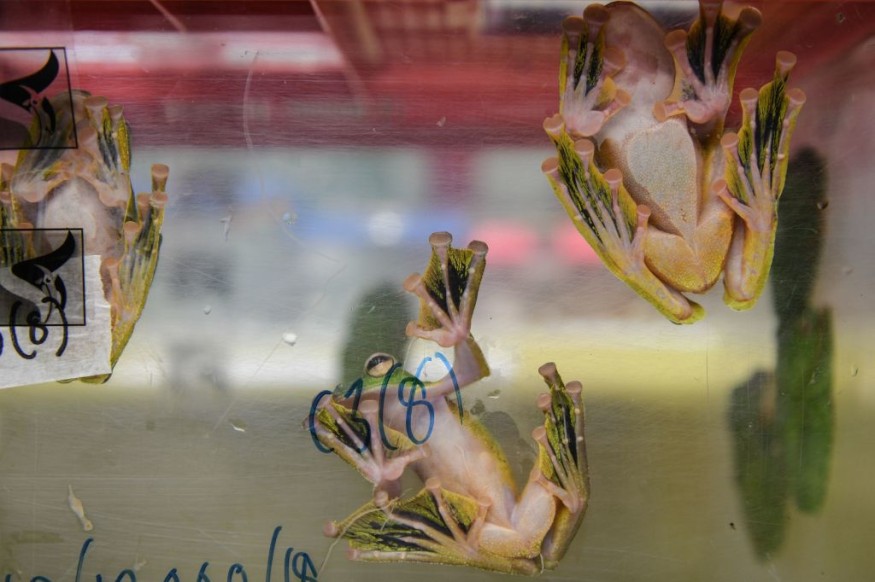Researchers discovered that a unique Southeast Asia frog can adapt to its environment, camouflaging like animal droppings. It can help them to survive against their enemies and predators in the animal kingdom.
Increasing the understanding of animal adaptations and predations can help protect them from population declines, especially the arrival of invasive species.
In a new research published in Behavioral Ecology and Sociobiology, researchers observed the behaviors of young frogs, Wallace's flying frogs, and adaptations to evade natural enemies.
Southeast Asia Frog Evades Predators: The role of Camouflage

Animals in the wildlife have natural defenses to fight predators and look for potential food sources. Camouflaging is one of the remarkable adaptations of animals.
For instance, changing animal color patterns can avoid other animals in the wildlife. The color traits can be dependent on the environment. They can also mimic other animals.
Some animals' color patterns can also help them to look dominant in their habitats.
In the new report, the researchers studied that Wallace's flying frogs could masquerade as animal droppings. With the said image, it can be likely that predators will not eat or hunt them.
The Wallace's flying frog (Hacophorus nigropalmatu) is a unique frog described by Alfred Russel Wallace. It can thrive in Peninsular Malaysia, Vietnam, Thailand and Laos, mostly in tropical rainforests. The frogs spend their time on trees.
In addition, the said frog can be recognizable by its vibrant colors and long limbs with an almost green-yellow appearance. Known as flying frogs, they can create like a parachute-looking to survive.
The most common enemies of frogs are climbing snakes. As a result, hiding strategies are crucial for their survival.
When the frogs are young or juvenile, they are mostly bright red with white spots. The colors become an efficient strategy to escape predators climbing in their habitats.
Researchers said the frogs could camouflage like animal droppings of bats or birds. Animals can likely adapt to their environment or match the colors to live.
Also Read : Dugongs in Great Barrier Reef Shows Worrying Population Decline Due to Sea Grass Loss, Climate Change
Frog's Amazing Facts
Frogs may be small, but they have existed for many years. Reports revealed that ancient frogs have appeared on the planet during the time of dinosaurs.
Globally, the latest number of frog species reaches over 6,000. They are recognizable by their large eyes, with an amazing night vision. They can move into different areas by leaping.
Furthermore, frogs can adapt to changing and challenging weather conditions. In colder temperatures, they can hide underground to feel comfortable.
One of the fantastic frogs is the Glass frog. They can transform their skin to become transparent to evade attackers.
A master of camouflage by hiding their red blood cells in livers. In Western Africa, people can find the biggest frog, known as the Goliath frog.
Frogs have also suffered from population decline due to habitat loss, commercialization, predation and climate change.
Related Article : Pond Turtles Conservation: Restoration Efforts To Save Species from Brink of Extinction in Washington State, U.S.
For more similar, don't forget to follow Nature World News.
© 2025 NatureWorldNews.com All rights reserved. Do not reproduce without permission.





